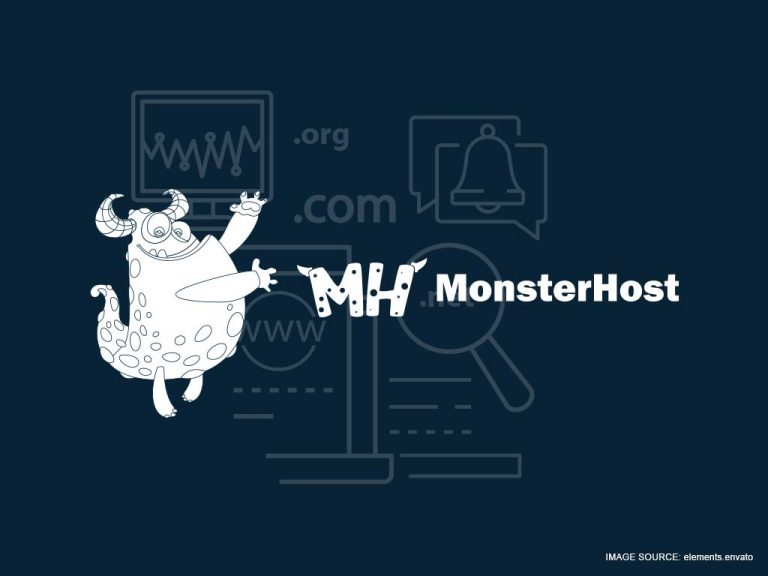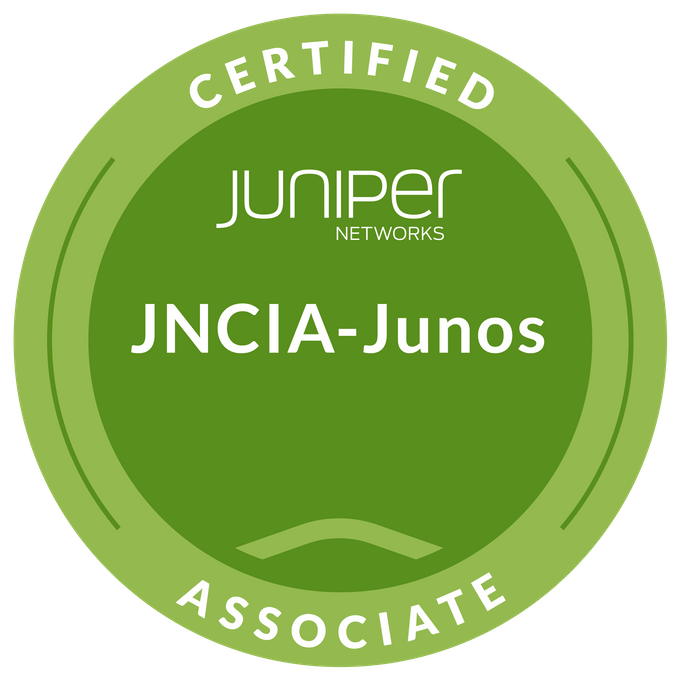If you’re planning on purchasing some preowned internet real estate like a used domain you might want to do some research first. Maybe you’re a business owner who, after brainstorming domain name found that the one you’ve decided on is preowned or about to expire. Now you want to purchase that domain name, but did you know it’s best practice to research the domain history before purchasing? You may end up inheriting a lot of bad mojo with a used domain name so it’s best to be on the safe side of things. The question is, how do you search a domain’s history?
Not to worry we’ve got you covered. In our quick guide, we’ll explain all you need to know about researching a domain’s history before jumping the gun and purchasing. Let’s get started.
Table of Contents
What is Domain History Search?
Let’s consider the internet as a vast desert and domains people walking through the large expanse of sand. When someone owns a domain it can leave footprints in that pristine sand. Some of those footprints can be dirty or impure leaving a trail of impurities in the sand. Think of search tool that will show you the footprints left behind in the desert of the internet. You can easily trace the history from its origin right up until that domain expired.

Domains can have negative histories associated with them for a myriad of reasons, including but not limited to a history of malicious activities like phishing, serving banned content, or have had a volley of different users before you expressed interest.
Some people prefer purchasing a domain that comes with a wealth of history as opposed to one that doesn’t have a history at all but the quality of that history is very important. As we’ve said, you don’t want to inherit a domain with a trail of negativity.
The reason you may prefer a preowned domain that expired or aged is because of the benefits of the SEO ranking. An old domain with a positive history would rank much faster on search engines like Google as they’ve already accrued an SEO score.
Old domains have usage as they had a previous owner. The WHOIS history of domains gives you access to the historical record of any domain, however, it won’t give you the complete history you are searching for. The internet gives you the possibility of looking up all of the history left behind by previously owned domains so that you can make an informed decision about purchasing.
Why You Should Know the History Before Buying a Used Domain
As with most things on the internet you need to be aware of the dangers of buying a used domain without doing a thorough domain search. I’ll use the analogy of hiring someone from another country to work for your company. Most large corporations who hire foreign workers will always request a comprehensive background check on the person to ensure they don’t have a criminal record. This is essentially what you want to do with your domain because there are scammers on the internet pushing a scheme called pump and dump where domains are concerned.
What happens is most people looking to buy a used domain will do a search and look at the number of traffic that domain has received from the period it was purchased and registered. A high traffic score means a great SEO advantage of taking over that domain name. Because this is usually the selling point of a domain it makes customers willing to buy easy targets of the pump and dump scam.
The Pump
Fraudulent activity on a domain includes pumping the domain with a flood of traffic much like what is experienced in a DDOS attack, except the aim is not to throw a site offline but to make it appear that there is tons of traffic going to the domain on a daily basis over a period of time.

The issue is this traffic isn’t real. By pumping the domain with the traffic they ensure that the domain because valuable and this can also drive the price of the domain.
The Dump

Now the scammer will set up the domain for sale to target potential buyers, mostly on an aftermarket website. They will boast about the domain’s score as it shows a healthy amount of traffic and set the price of the domain very high. Buyers will see an inflated price for the domain to match the domain score being extremely high thanks to the pumped traffic. The scammer can even falsify records in the WHOIS domain registry and create a new identity.
The best thing to do is your research before making a domain purchase. It will be off to be savvy about how you invest your money in a high scoring domain.
Free Domain Search Tools
Before purchasing a used domain you want to do a complete search. We cannot stress this enough because you want to avoid inheriting a domain that has a negative history and you also, more importantly, want to avoid a pump and dump scam. Here are two domain tools you can use to search for a complete history.
3 Most Important Things to Look For Before Purchasing a Used Domain
Here’s what you really need to consider before buying a pre-owned domain name.
1. Get access to the Google Search Console

Gaining access to the Google Search Console account from the owner of the domain is critical for analyzing the health of the domain.
After logging into the Search Console account, you’ll want to Search Traffic > Manual Actions and look for any notes on the account about the domain. Here you can even search for previous Security Issues and Google will mention if the site has ever been hacked.
This is important information in the domain’s history as you will find out how susceptible the domain has been in the past. This is also the only way you can get information about manual penalties of the domain from Google itself.
2. Review Google Analytics and Bing Webmaster Tools

Request access to Google Analytics (GA), have a look around the account and take note of any abnormal traffic patterns (to ensure there’s been no pumping) or unusual URLs receiving organic traffic. Similarly, you can also consider looking at referral traffic to determine if there have been spammy websites responsible for driving traffic to the site (pumping traffic). If the website doesn’t have Google Analytics set up, you won’t be able to backfill the data, therefore making this domain check null and void.
Comparable to Google Search Console, Bing Webmaster Tools has a website security section that will alert the owner about malware, phishing attempts and changes in your sites SSL certificate status. You can also examine the “Page Traffic” report under Reports & Data to assess the top landing pages, much like Google Analytics. It is worth asking for access to this as well to do a thorough check of the domain.
3. Check the SERP Analysis: Site Indexation
Perform this by using the site search operator [site:monsterhost.com] to carry out a Google search, and check for any spam or malicious landing pages in the SERPs. Additionally, you can add on the search operator [inurl: keyword], replacing “keyword” with red flag terms like “online games,” “gambling,” “porn” and etc. While Google classically displays a warning in the SERPs when it notices a hacked site, however, not all content may be flagged.
Take Away
We cannot stress how imperative it is to carry out a thorough investigation before buying a used domain name. You don’t want to inherit a site with a nasty track record additionally you don’t want to be the victim of a pump and dump scam where you pay an exorbitant amount of money for a site with inflated traffic. You also want to check for the blacklist status of a domain, internal and external linking, hosting location and domain authority. The more information you can receive the more informed your choice will be. Ask as many questions as necessary before making a final purchase.






